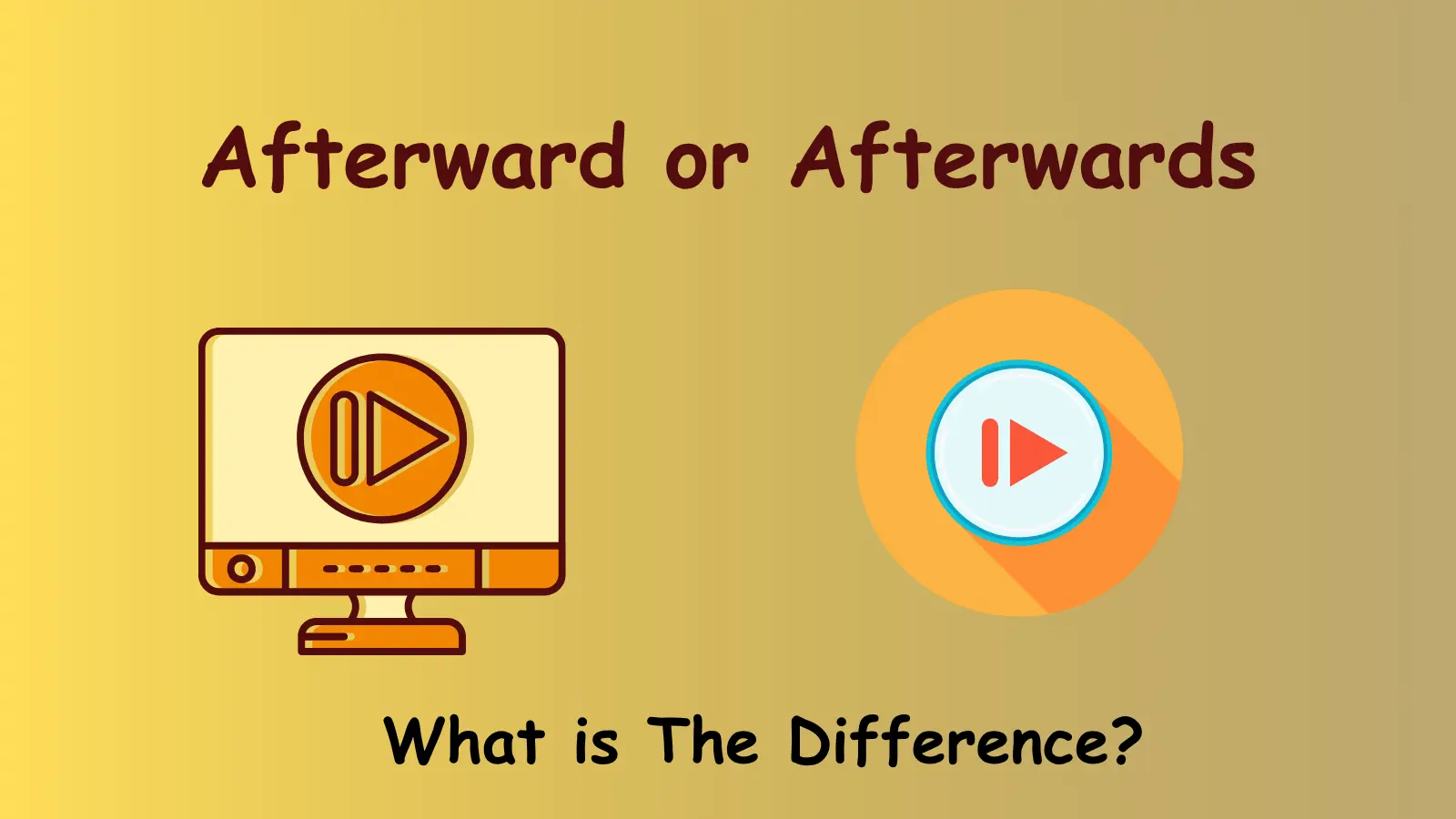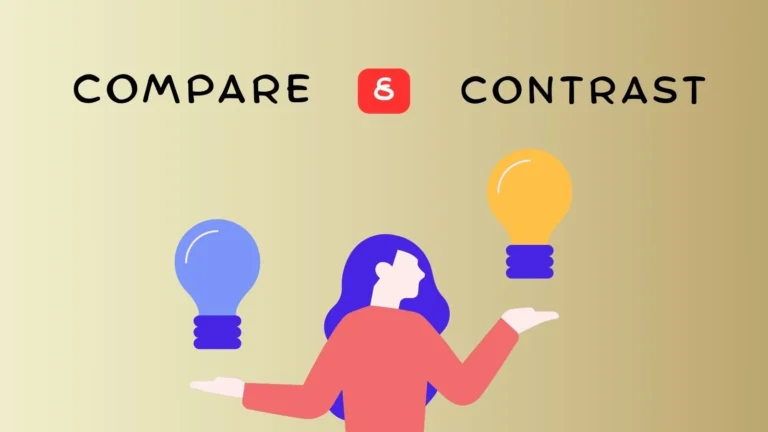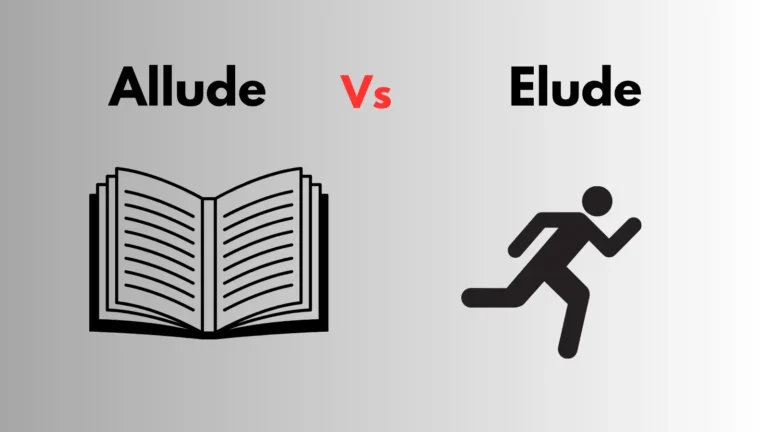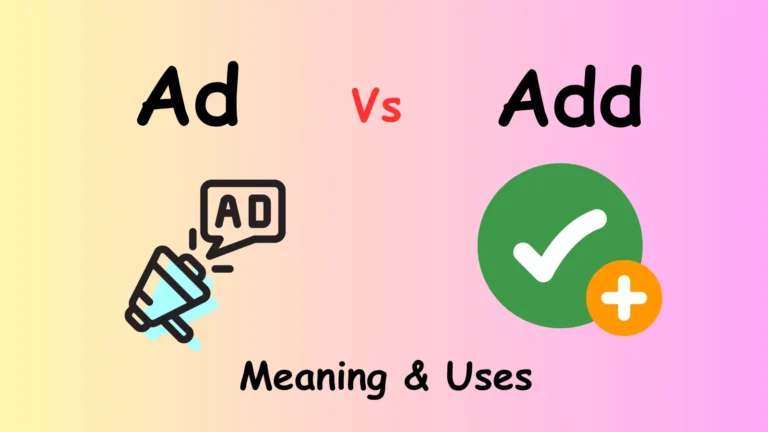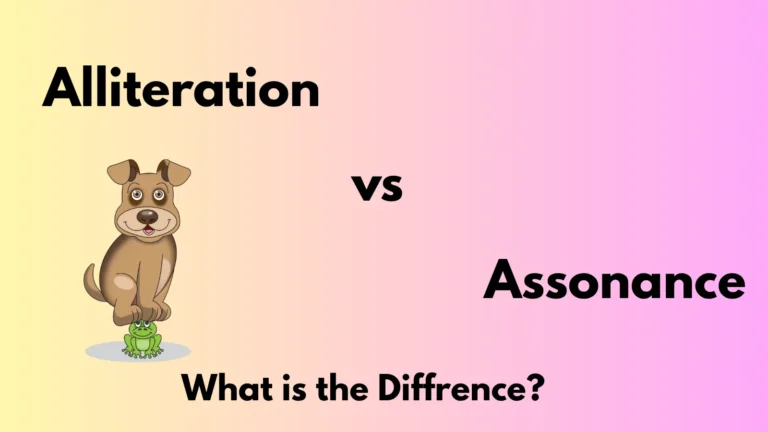Afterward or Afterwards
You can use either “afterward or afterwards”—they’re completely interchangeable in meaning and function as adverbs indicating something happens later. Your choice depends on your audience: American English strongly favors “afterward” without the ‘s’, while British English consistently uses “afterwards” with it. Both forms appear in Canadian writing, though “afterwards” edges ahead slightly. The key is maintaining consistency throughout your document and matching your target audience‘s regional preference. Understanding these nuanced patterns will enhance your writing precision.
Understanding the Core Difference Between These Two Words
Why do these two seemingly identical words cause such persistent confusion among writers?
The truth is, there’s virtually no functional difference between them. Both “afterward” and “afterwards” serve as adverbs indicating something occurs later in time.
Both afterward and afterwards function identically as adverbs, creating unnecessary confusion when no functional difference exists between these interchangeable terms.
They’re completely interchangeable in meaning and grammatical function. The afterward vs afterwards debate isn’t about correctness—it’s about regional preference.
American English favors “afterward” without the final ‘s,’ while British English prefers “afterwards” with it.
You can’t choose incorrectly between them; you’re simply indicating your linguistic allegiance.
Understanding this eliminates the confusion entirely.
Regional Spelling Preferences and Geographic Usage
The geographic distribution of “afterward” versus “afterwards” follows predictable patterns that mirror broader English language variations.
You’ll find clear regional preferences that align with established spelling conventions across English-speaking nations.
Regional Usage Patterns:
- American English – “Afterward” dominates in the United States, appearing in formal writing, journalism, and academic texts as the standard form.
- British Commonwealth – “Afterwards” prevails in the UK, Australia, and New Zealand, where British spelling conventions remain influential in published materials.
- Canadian Usage – Both forms appear acceptable, though “afterwards” edges slightly ahead in formal Canadian publications.
Understanding these patterns helps you choose the appropriate form for your target audience when deciding between afterward or afterwards.
Grammar Rules and Proper Usage in Sentences
How do grammar rules apply when using “afterward” or “afterwards” in your sentences?
Both words function identically as adverbs, modifying verbs to indicate temporal sequence. You’ll position them typically at sentence beginnings or ends: “Afterward, we discussed the meeting” or “We discussed the meeting afterward.”
They don’t require specific punctuation rules beyond standard comma usage for sentence flow. You can’t use either word as adjectives or nouns—they’re strictly adverbial.
When connecting clauses, both afterward and afterwards create clear temporal relationships between actions, helping readers understand chronological order in your narrative or explanation.
Common Mistakes Writers Make With These Terms
Writers frequently stumble when applying regional conventions inconsistently throughout their work.
The biggest mistake writers make is switching between regional spelling conventions within the same piece, disrupting reader flow and undermining credibility.
You’ll encounter three primary errors when choosing between afterward or afterwards:
- Mixing conventions within the same – You start with “afterward” in American English but switch to “afterwards” mid-text, creating inconsistency that confuses readers.
- Ignoring your target audience – You use “afterwards” when writing for American publications or “afterward” for British audiences, misaligning with reader expectations.
- Overthinking the choice – You spend excessive time debating which form to use instead of selecting one based on your audience and maintaining consistency throughout your writing.
Professional Writing Guidelines and Style Guides
Across all major style guides, you’ll find consistent recommendations that align with regional language conventions for choosing between “afterward” and “afterwards.”
The Associated Press Stylebook and The Chicago Manual of Style both endorse “afterward” as the standard form for American publications, while The Oxford Style Manual and The Guardian Style Guide recommend “afterwards” for British publications.
When writing professionally, you should follow your organization’s house style or the dominant convention of your target audience. Academic journals typically specify their preference in submission guidelines, ensuring consistency throughout their publications regardingafterwards or afterward usage.
Learn about Ageing or Aging- Which Spelling to Use?
Historical Development and Etymology of Both Forms
Etymology reveals that “afterward” represents the original form, tracing its lineage to Old English “æfterweard,” a compound combining “æfter” (after) with the directional suffix “-weard” (toward).
You’ll find this historical development fascinating:
- Old English Origins (Pre-1100): “Æfterweard” originally meant “behind” or “in the rear,” indicating physical position rather than temporal sequence.
- Middle English Shift (1100-1500): The meaning transformed from spatial to temporal, developing today’s sense of “later in time.”
- Adverbial Genitive Addition (Early 1300s): “Afterwards” emerged when speakers added the “-s” suffix, creating the variant that British English eventually favored over the original afterward form.
Practical Examples in Different Writing Contexts
Understanding how these historical forms developed into modern usage becomes clearer when you examine specific examples across various writing contexts.
In academic writing, you’ll find “afterward” in American journals: “The experiment concluded, and afterward researchers analyzed the data.” British publications prefer “afterwards”: “The study ended, and afterwards participants completed surveys.”
In creative writing, American authors write: “She left the party early and afterward regretted missing the announcement.” British writers typically choose: “He finished dinner and afterwards took a long walk.”
Business communications follow similar patterns, with American companies using “afterward” while British firms favor “afterwards” in their correspondence.
Alternative Words and Synonyms to Consider
Why limit yourself to “afterward” or “afterwards” when English offers numerous alternatives that can enhance your writing’s precision and variety?
While mastering the distinction between afterward or afterwards remains important, expanding your vocabulary strengthens your communication skills.
Consider these versatile alternatives:
- Sequential terms: “subsequently,” “then,” “next,” and “following” provide clear temporal progression in formal writing contexts.
- Time-specific options: “eventually,” “later,” “in time,” and “after a while” offer nuanced timing references for different situations.
- Contextual phrases: “in the wake of,” “at a later date,” and “following that” add sophistication while maintaining clarity.
Frequently Asked Questions
Can I Use Both “Afterward” and “Afterwards” in the Same Document?
You can use both forms within the same document, but it’s not recommended. You’ll appear inconsistent and unprofessional. Choose one form based on your target audience’s regional preferences and maintain consistency throughout your entire document.
Do Spell Checkers Flag One Version as Incorrect Over the Other?
Most spell checkers won’t flag either version as incorrect since they’re both valid. However, your spell checker’s regional settings might influence preferences—American settings may favor “afterward” while British settings prefer “afterwards.”
Which Form Should I Use When Writing for an International Audience?
You’ll face competing preferences: American readers expect “afterward” while British audiences favor “afterwards.” Choose “afterward” for international writing—it’s widely recognized globally and maintains scholarly precision across diverse English-speaking regions.
Are There Any Differences in Pronunciation Between “Afterward” and “Afterwards”?
You’ll find minimal pronunciation differences between these words. “Afterward” ends with a /d/ sound, while “afterwards” adds an /s/ sound. The stress patterns remain identical, making them virtually indistinguishable in casual speech.
Do Academic Journals Prefer One Spelling Over the Other?
Seventy percent of academic journals follow their publisher’s regional conventions. You’ll find American journals consistently use “afterward” while British publications prefer “afterwards.” Most style guides recommend maintaining consistency with your target journal’s established preference.
Final Verdict
You’ve mastered the essential distinction, but here’s what most writers overlook: your choice between “afterward” and “afterwards” silently signals your intended audience’s geographic location. This seemingly minor decision shapes readers’ perceptions of your credibility and attention to detail. When you consistently match regional expectations—American “afterward” or British “afterwards”—you demonstrate linguistic sophistication that elevates your writing above amateur mistakes. Your newfound precision will distinguish you from countless writers who remain unaware of this vital difference.
Sources
Etymonline (afterward | Etymology of afterward by etymonline), and Etymonline (Etymology of afterwards by etymonline).

